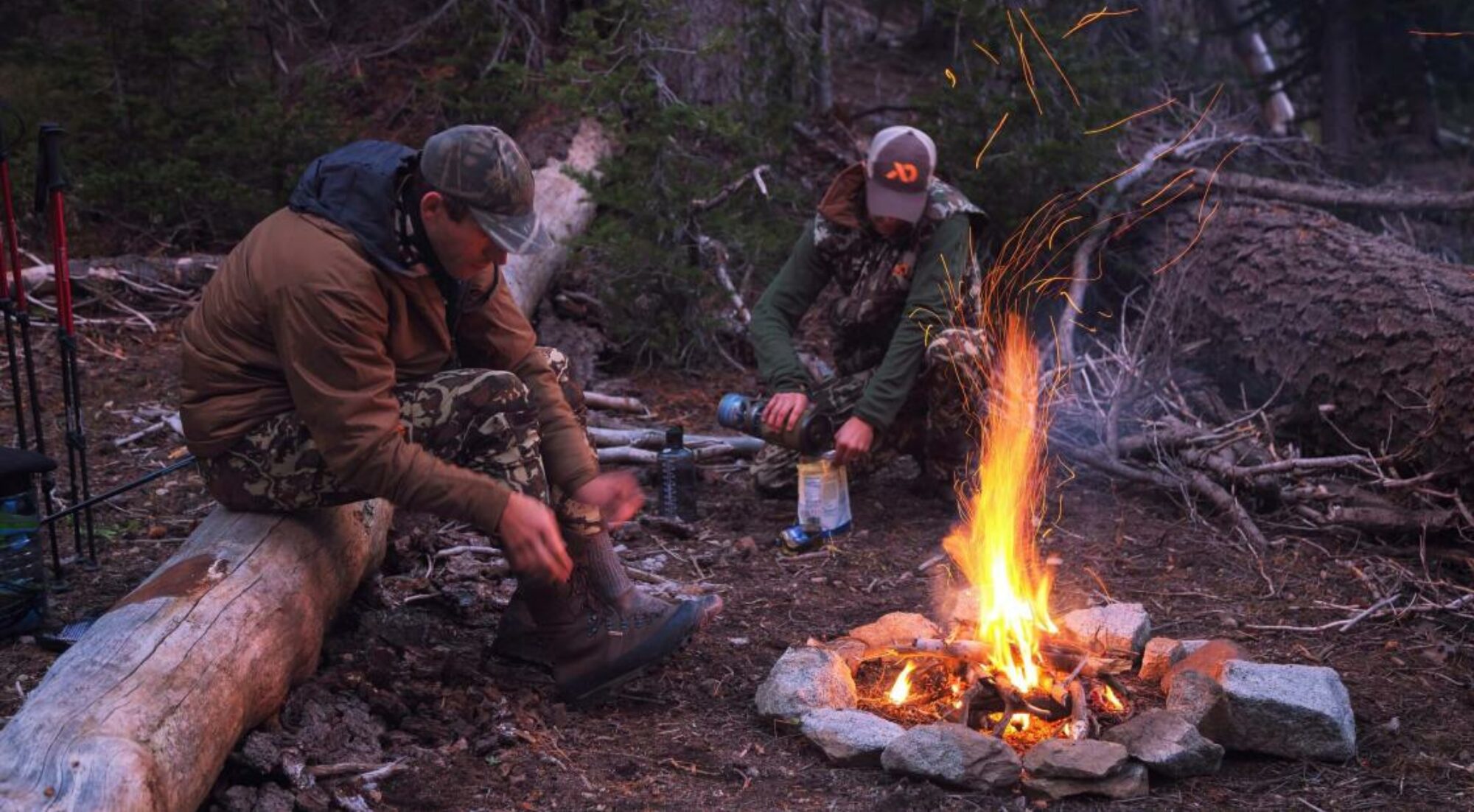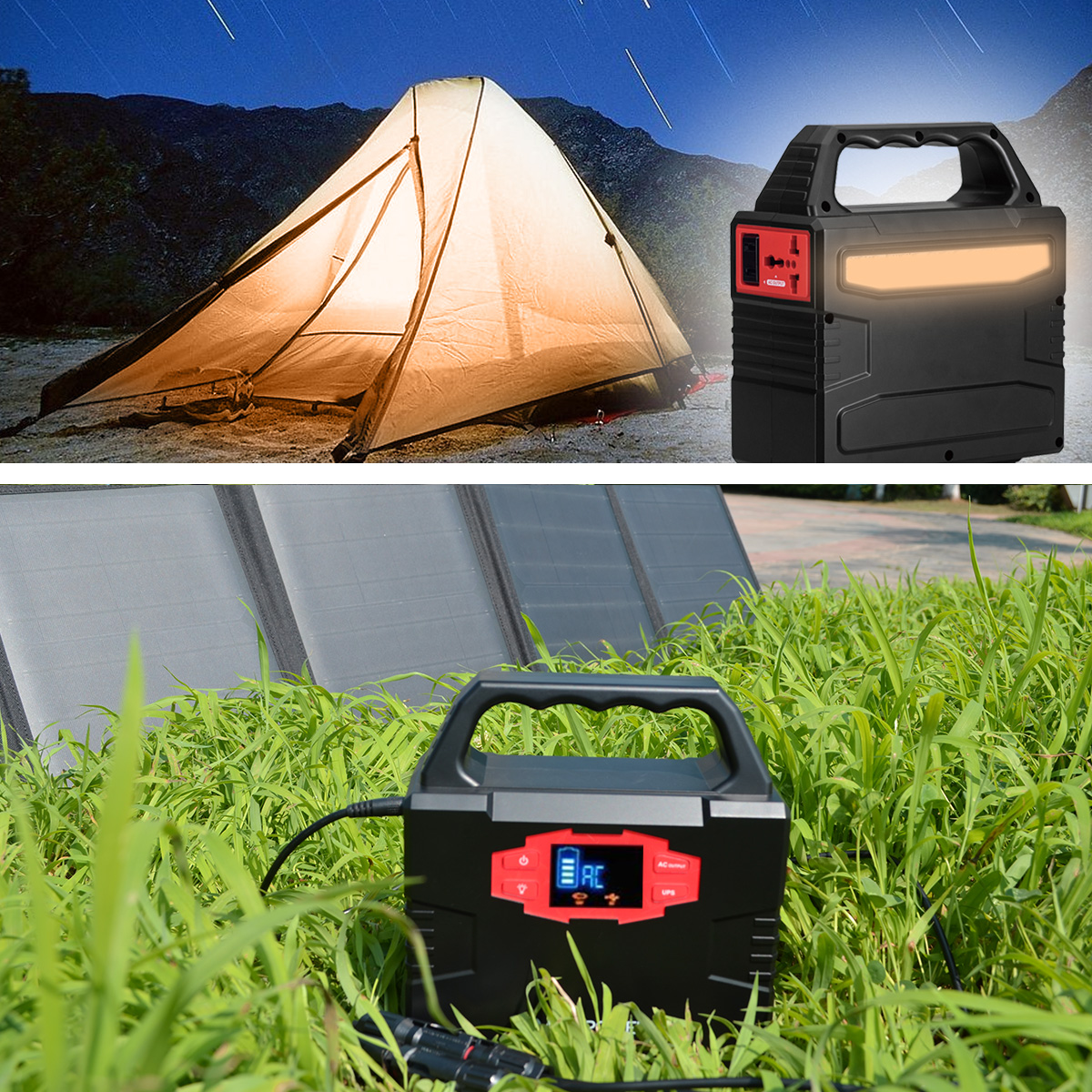Water is the most abundant resource on this planet but only a small percentage is actually drinkable. What’s more frustrating to most is that municipalities will charge you for this precious resource. What a lot of people don’t understand is what goes on behind the scenes: where that water comes from and what has to be done to it to make it usable or drinkable. It goes through chemical treatments and a couple different filtration processes and that’s what you’re really paying for. Not the water itself. Fortunately, there are a couple different ways to make yourself water independent and a big one is a technique called rainwater harvesting.
Here are some ideas to pull from to collect as much water as you can .
Roof runoff rainwater harvesting

Probably the best and most efficient way to collect rainwater is from the runoff from your roof. When it rains it will run off your roof into your rain gutters and down the spout. By directing your downspout to a barrel/barrels or even a tank that has a large enough opening, you could fill a 250 gallon tank or larger depending on location and climate.
It is efficient in the way it covers such a large area for rainfall and requires very little effort on your part besides redirecting your rain gutters and keeping algae or mosquitoes from growing. Piping the water system to your home or desired use is completely up to you just be sure of permitting and local laws concerning this subject.
rainwater harvesting with rain barrel funnels
The rain barrel funnel method, as I call it, is a technique that requires food grade barrels and a tarp or other high coverage, rain collecting surface. Using rope or string you can tie the corners of the tarp to a structure or build supports for your high coverage idea. Now you can funnel the water into the barrel using the tarp or other high coverage surface of your choice.

It’s a pretty simple concept but requires quite a bit of space and some ingenuity so try to be inventive.
Storing rainwater in the ground
By understanding how rainwater acts and moves you will be able to redirect water for the convenient use of you and your family. Obviously water flows downhill because of gravity so building the appropriate channels, guides or gutters will accomplish this. A cistern is an underground water storage that can be made of concrete, metal or even plastic. But, again this is also subject to permitting and local laws.
Trees help keep water in the ground by the shade they provide and in their root systems. By the shade they provide it prevents the moisture from being evaporated in to the air. Gardening near trees will provide extra moisture for your garden and conserve your collected water usage.
Well water

In the old days a well would be dug by hand where groundwater would pool up in the bottom of the hole. Sometimes these holes would be dug to depths of twenty feet or more and a rope would be needed to pull the digger out. A pulley structure would be built over top of the hole to lower a bucket to collect water.

In present times a well is drilled by machinery to depths of around 100 or more feet to collect water from aquifers which are basically underground reserves of water and occasionally an underground river. Electric or motor driven pumps will pull the water up to surface level and store it in a tank for use.
Purifying for potable water
There are several ways to purify water and it is my belief that only two of them are really that efficient and cost effective. One way is to boil water and the other is through a gravity filtration device. There is also the potential to send your rainwater directly into filtration devices or even to direct greywater (water from sinks, showers and laundry) into garden systems to effectively deal with and distribute the water.
Here is an article on water purification methods and efficiencies,
Here is a link to a PDF of a Plan of Action for water purification for you to check out!
Start collecting
However you go about being water conscious and self-sufficient be sure to keep you and your family safe and healthy by reading into water purification and hazards. Collecting rainwater could save you quite a bit of money on municipal or even help you on your journey to becoming a great gardener. Whatever your path is, start collecting and good luck!
I hope this article was helpful and informative. If you have any questions comments or input please feel free to do it in the comments box below.
Thanks
Resources used:


